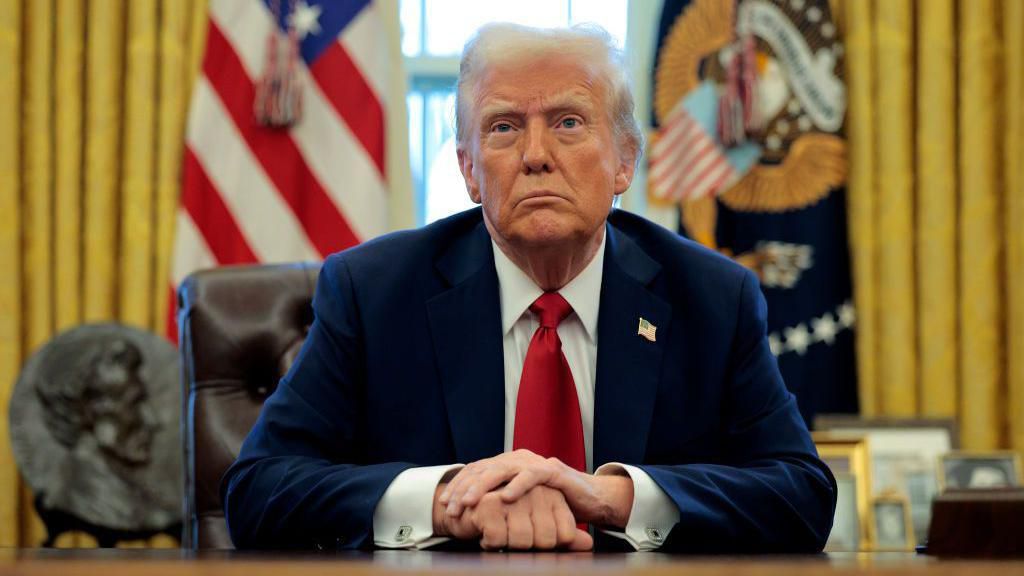The global automotive paint market is set for explosive growth through 2033, according to the Transparency Market Research.
The sector, valued at about US$11.8 billion in 2023, is forecast to reach US$41.7 billion by 2033, growth of about 12.5 percent each year. According to the report, this is being fueled by increasing interest in vehicle aesthetics and higher demand for more durability as the primary factor fueling the automotive paints market growth.
Automotive paints don’t just make a car look nice but offer protection against corrosion, chemicals, and UV radiation and electric vehicle manufacturers require coatings that “reduce vehicle weight and improve aerodynamics.”
The study also noted technological innovation continues to drive the automotive paint market, with the production of waterborne paints, nanocoatings and effect coatings for luxury vehicles.
The market, which is currently dominated by 10 companies that account for 65-70 percent of the market share, is expected to undergo further consolidation during the period.
The authors credit the significant growth of the automotive paints market to “evolving consumer preferences, technological advancements in coating solutions and the expanding automotive production worldwide.”
The Asia-Pacific region is predicted to stay the largest market for automotive paints due to the automotive industry’s rapid growth in China, Japan, and South Korea.
North America and Europe remain competitive in the global market due to the rise in electric vehicle sales and sustainable transportation solutions.
Automakers and paint manufacturers have collaborated to create self-healing coatings that release healing agent-filled microcapsules when the paint is scratched or damaged.
The use of nanotechnology also advances sustainable manufacturing, while enhanced vehicle durability and extended life of vehicle paintwork reduces maintenance costs for consumers. In addition, companies have worked to reduce their environmental footprint by developing low-VOC and water-based paints.












